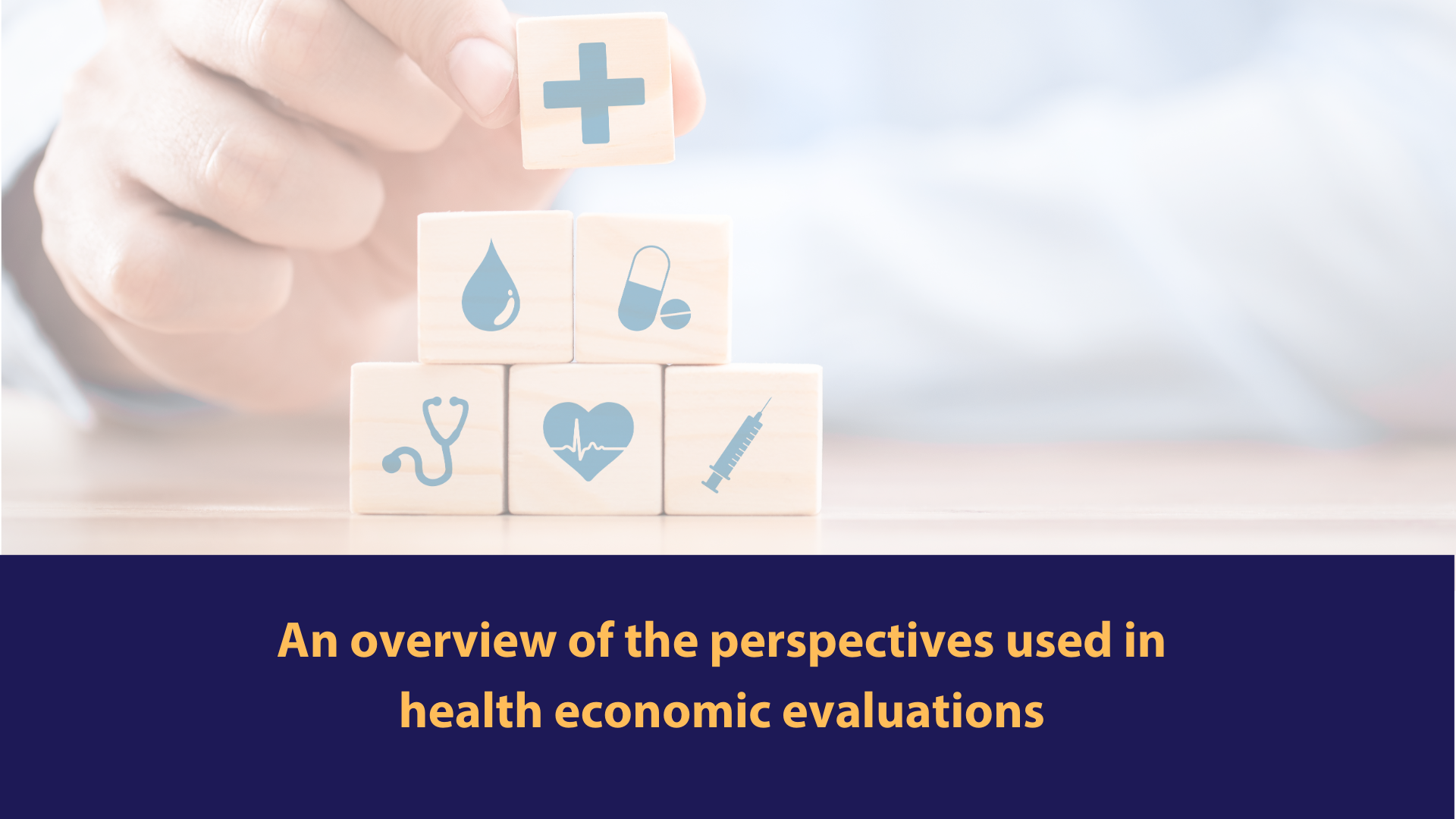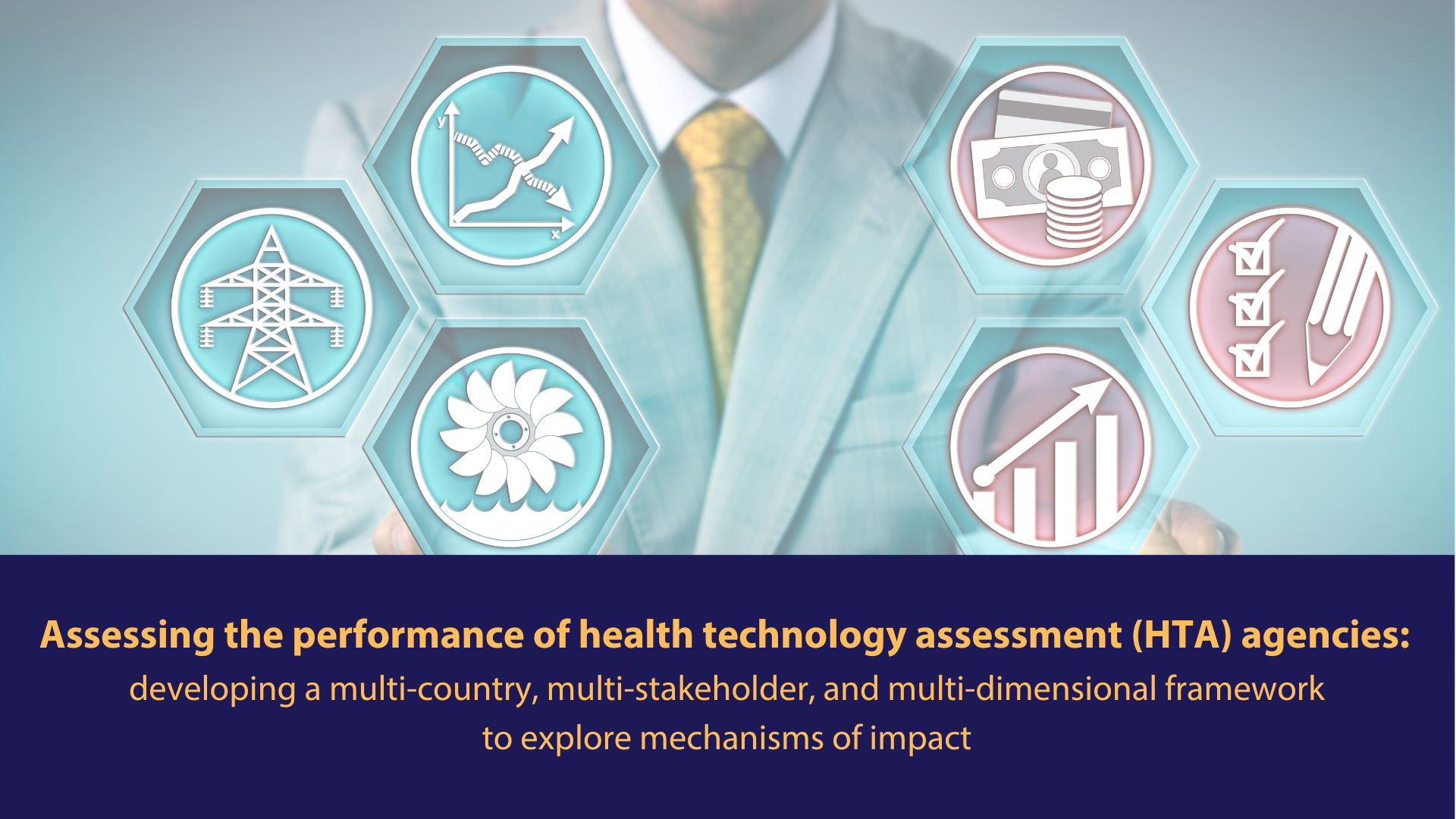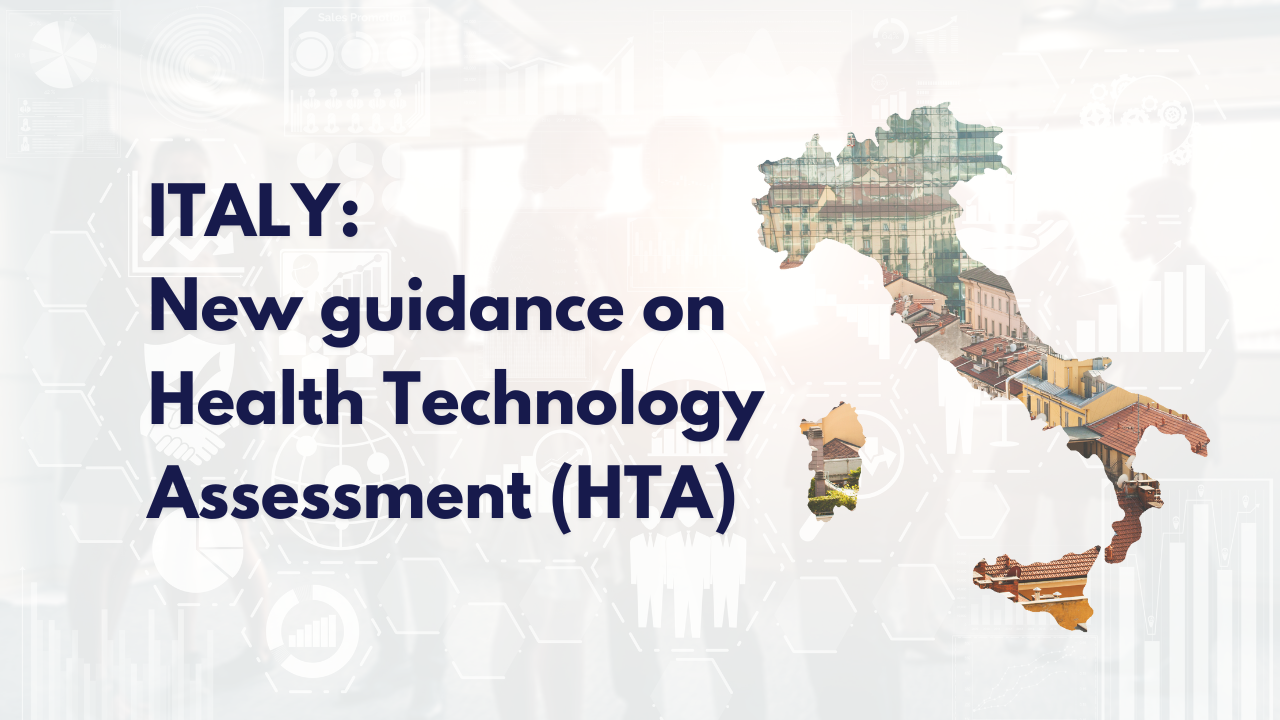Good Practices for Health Technology Assessment Guideline Development: A Report of the Health Technology Assessment International, HTAsiaLink, and ISPOR Special Task Force
Health Technology Assessment
(HTA) is an important tool used to support decision making for health
expenditures. Guidelines for conducting and using HTA provide the key concepts,
consistent and transparent methods, resulting in a decision-making process and
enhanced evidence-based recommendations. Many countries around the world have
been developing methods and process guidelines (see the GEAR
online resource for a comprehensive repository for methods guidelines available).
However, there was no prior guidance on how to go about developing one.
Thus, a collaborative
effort between Health
Technology Assessment International (HTAi), HTAsiaLink, and the Professional
Society for Health Economics and Outcomes Research (ISPOR) [SS1] came
together to establish a task force comprising academics and experts across
diverse geographies to provide strategic advice[SS2]
on the development of this good practice report.
The report emphasizes three key
factors for successful HTA implementation: a systematic approach to assessing
health technologies over their lifecycle, a well-defined process for appraising
assessments, and a clear pathway for evidence-informed decisions in health
policy. The report [SS3] provides
practical guidance for developing or updating HTA guidelines outlining good
practice across six domains, as follows:
1.
Setting objectives, scope, and principles
of the guideline
The first domain
highlights the importance of setting the objectives and scope of the HTA
guideline amongst the stakeholders involved as it can be a point of reference
throughout the guideline development process.
2.
Building the team for a quality guideline
In the HTA
guideline development process, it is critical to build a team with project
management skills and technical expertise to ensure quality guideline
development, with oversight from an independent advisory group.
3.
Defining the stakeholder engagement plan
A stakeholder engagement plan that follows the objectives and scope of the HTA guideline and context in the target country is essential[SS4] for developing a guideline. Transparent communication and involvement of the end users of the guidelines should be considered.
4.
Developing content and utilizing
available resources
Leveraging international HTA
networks and contextualizing guidelines from other settings may be useful to
draw insights and benchmark on new techniques or approaches.
5.
Putting in place appropriate institutional arrangements for
implementation
Carefully selecting
and assigning agencies or institutions with suitable authority and independence
to oversee guideline implementation is crucial.
6.
Monitoring and evaluating guideline
success
Defining success indicators
for HTA guidelines, monitoring and evaluation should be linked to the objective
and scope[SS5]
of the guideline itself which may include adherence, improvement of HTA quality
due to the guideline use, and how the guideline is able to enhance systemic decision
making.
The report also provides several
case studies illustrating good practices in various countries such as South
Africa, the Netherlands, Tunisia, Philippines and Thailand. To conclude, HTA
guideline development is a dynamic process that requires careful consideration
of local contexts, stakeholder engagement, and alignment with international
best practices.
For a more detailed exploration
of the report's findings and recommendations, you can access the full paper
here (https://pubmed.ncbi.nlm.nih.gov/39760423/)


